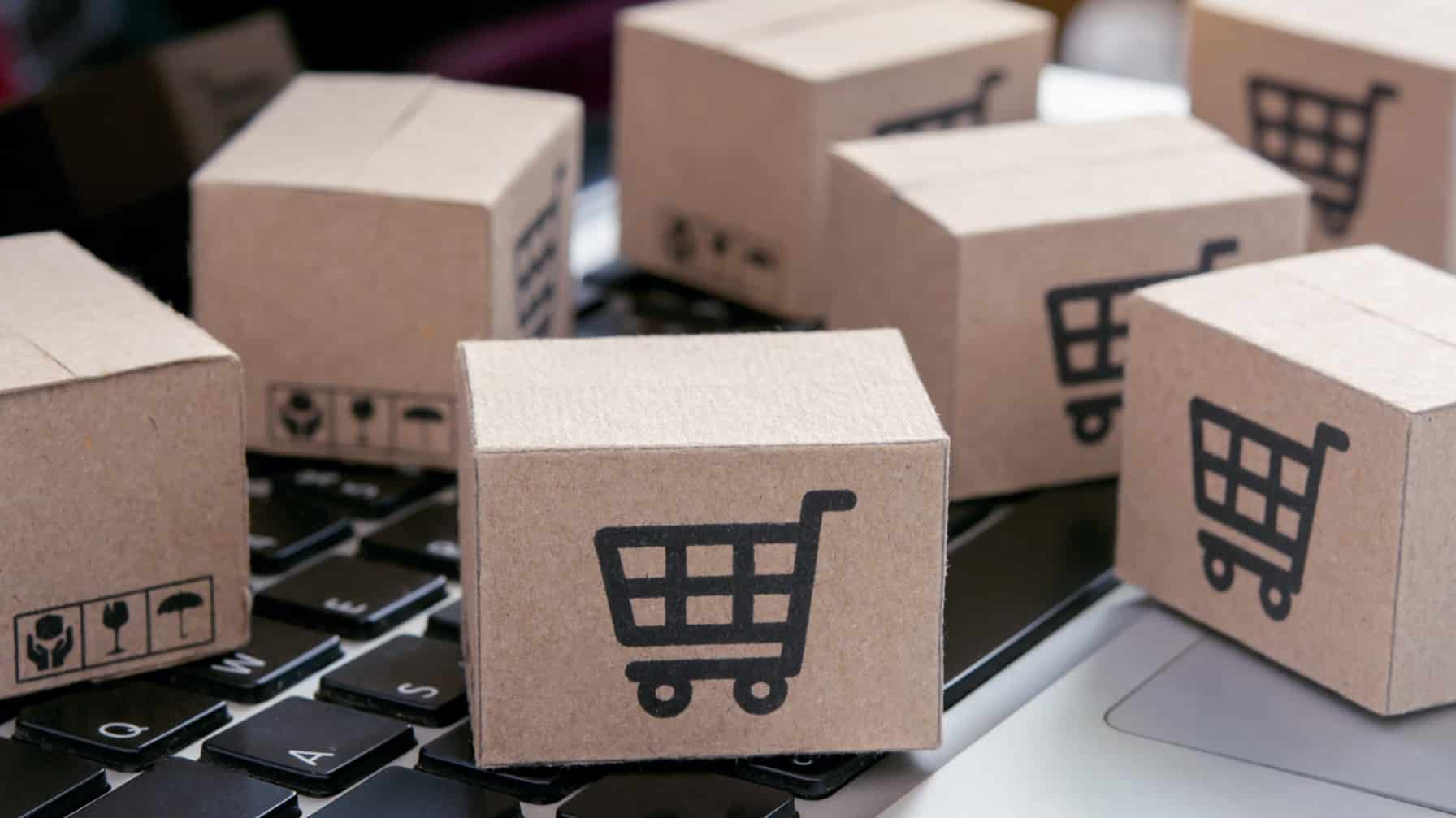eCommerce brands and marketplaces that ignore the potential of social commerce do so at their own peril. While social commerce currently represents only a small portion of total eCommerce sales, rapid sales growth in this area presents a prime opportunity for online sellers who understand these platforms and their users.
In this report, we’ll break down some key trends that are affecting the social commerce marketplace in 2022, and how eCommerce sellers can understand and use these trends to maximize their online sales potential.
Sales Growth Outpacing the Number of Buyers
According to Statista, global social commerce sales are expected to reach $992 billion in 2022. While this is certainly impressive in its own right, it pales in comparison to what is projected to happen in the next few years, with estimates expecting social commerce sales to reach $2.9 trillion by 2026.
Much of the social commerce sales growth can be attributed to the increased buying power of younger generations, who are more likely to use social media to complete purchases in the first place. For example, a 2021 survey found that while 55.5% of social network users aged 18-24 had made a purchase using social channels, only 34.3% of individuals aged 65+ had done so.
As the buying power of these younger generations increases, it is expected that the total number of purchases made using social channels — and the total amount of spending — will increase dramatically, even as the total number of buyers grows at a relatively slower pace.
For example, research from Insider Intelligence reports that social commerce sales per buyer have grown to $518 in 2022, a 26.9% increase over the year before. By 2025, that per-buyer total is expected to reach $938.
As these numbers illustrate, eCommerce businesses and marketplaces with product catalogs that focus on social media platforms have the potential to significantly increase their total value per customer in the years ahead.
Facebook and Instagram Continue To Post Strong Results
Facebook has long been the dominant social media platform — and when it comes to social commerce, that isn’t likely to change anytime soon. According to Insider Intelligence, roughly 63.5 million social commerce buyers in the United States make purchases on Facebook in 2022, with that number expected to steadily grow to 69.4 million by 2025.
Instagram, which is also owned by Facebook’s parent company Meta, also remains a major player in social commerce, with 41 million buyers in the United States as of 2022. Instagram is expected to have 47.5 million social commerce buyers in the U.S. by 2025.
Buyers have become increasingly comfortable with discovering, researching, and buying products through these platforms. A Facebook survey reveals that 62% of people say they “become more interested in a brand or product” after seeing it in a Story. In addition, Instagram’s internal data reveals that 90% of its users follow at least one business, while 70% of surveyed users say they either “like or don’t mind ads when watching video on Instagram.”
Even for brands that aren’t using the platforms directly for social commerce, there is a significant opportunity for building relationships with customers and enhancing awareness of their product catalog.
The Rise of TikTok
TikTok is no longer new, but its significant growth in the social commerce space is certainly worth noting in 2022. According to the previously cited Insider Intelligence report, while only 3.5 million Americans used TikTok for social commerce in 2020, that number soared to 23.7 million in 2022, putting the video-focused platform ahead of Pinterest for the first time.
Not surprisingly, TikTok is also expected to continue to have the fastest growth rate among social commerce channels, reaching 37.8 million buyers by 2025.
While TikTok’s numbers may trail behind Facebook and Instagram, its shopper behaviors are especially noteworthy. TikTok has the highest percentage of social media shoppers who say they buy products on it “all the time,” at 20.6%. Community trends like #TikTokMadeMeBuyIt also result in 67% of TikTok users saying the platform “inspired them to shop even when they weren’t looking to do so.”
Current Challenges
These types of numbers could make it seem like everything in the world of social commerce is going perfectly — but recent developments show that these leading social media channels are currently reworking their approach to improve their own financial situations.
As Digiday reports, Facebook is poised to cut its live commerce shopping feature. Instagram has already taken down its affiliate commerce program. And TikTok is adjusting its own commerce options with the introduction of three new ad formats, while also abandoning plans for social commerce expansion.
This pivot away from commerce and toward advertising is being influenced by several factors, including Apple’s changes to iOS 14, clunky shopping experiences, and ongoing economic turmoil.
One of the biggest challenges, however, is a lack of buy-in from marketplaces that are yet to recognize and uniformly adopt social selling strategies that will deliver the greatest impact. As Sarah Penny, content & research director at Influencer Intelligence explained in the Digiday article, “Some think of it as purchasing everything in-app, some consider it as live streaming with an influencer selling products, while others believe social commerce is having shoppable tags on their content. When we can’t fully define what we mean by it because it’s so new, it shows there’s real nuance within the industry that needs to enable all brands to catch up to be able to provide that uniformity.”
In other words, it’s up to brands and marketplaces to determine what social commerce should look like for their target audience, and then deliver on those expectations.
Are You Ready to Sell On Social?
Social media is ever-present in the lives of consumers — and eCommerce businesses and marketplaces need to take advantage. Your ability to present your product catalog in an attractive manner that makes it easy for customers to make purchases can make all the difference in turning social into a viable channel for growth.
Cluster can ensure you are presenting the right mix of products to your target audience. With accurate cross-channel data collected from digital POS data, Cluster can help you optimize your product assortment and identify assortment gaps so you can present relevant, high-demand products. By continually pleasing shoppers on social and other channels, you can ensure that they’ll buy from you again and again.
Book a meeting today to learn more about how quality data can help you sell more on social and other channels.



